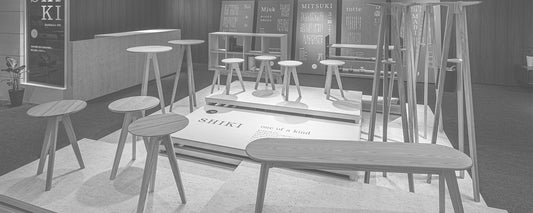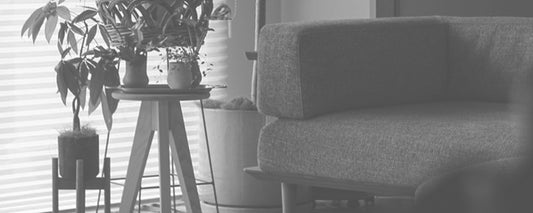Now, let me start off by asking you a question: what kind of image do you have of the interior design industry? Is it a glamorous image? Or is it an image of grumpy craftsmen working silently? Or, as sad as it may sound, are there some people who are not interested in interior design at all?
This time, I would like to focus on furniture manufacturers in the interior design industry. I hope that by reading this article, you will learn a little about the interior design industry.
■Interior and furniture are not the same thing
First of all, the terms "interior" and "furniture" are used in different places, and the terms are written differently. Some people may think that this is a difference between English and Japanese. By the way, furniture is called "furniture" in English.
Interior design refers to all interior decoration, including furniture and curtains in a room. Photographs and paintings that are displayed are also considered interior design. In other words, furniture is one element that makes up an interior design. Therefore, even though the interior design industry is a single term, there are many different types of businesses and occupations, including manufacturing, distribution, and services.
■ Different furniture manufacturers specialize in different types of furniture.
There are many manufacturers around the world who specialize in furniture manufacturing, but we at SHIKI are a manufacturer that specializes in box furniture.
Even when it comes to making furniture, the process and necessary equipment will vary depending on the type of furniture you are making. For this reason, there are many different furniture manufacturers, but in fact each manufacturer specializes in different types of furniture. In the furniture industry, we often talk about furniture by shape, but there are three main types.
- Hakomono (boxes): box-shaped furniture such as chests and bookshelves
- Legs: Furniture with legs such as chairs and tables
- Small items: Small furniture such as mirrors and umbrella stands
They can also be divided into daimono (base pieces), and if divided more specifically by construction method, there are things like sashimono (joinery) and hikimono (turning).
I said earlier that "SHIKI specializes in boxes," but that's not just because of customer evaluations, but also because of our company's equipment and the experience our craftsmen have accumulated.
■ There are furniture production areas in Japan

Just like meat, fish, wine, and fruit, furniture also has its own production area. There are six famous furniture production areas in Japan: Asahikawa Furniture in Hokkaido, Shizuoka Furniture in Shizuoka Prefecture, Hida Furniture in Gifu Prefecture, Fuchu Furniture in Hiroshima Prefecture, Tokushima Furniture in Tokushima Prefecture, and Okawa Furniture in Fukuoka Prefecture.
We at SHIKI manufacture our furniture in Okawa Furniture, a production area in Okawa City, Fukuoka Prefecture, one of these production areas. Our factory is located in the neighboring city of Yanagawa, but our headquarters is still in Okawa City.
While each production area has its own characteristics, Okawa furniture is the largest furniture production area in Japan, producing all kinds of furniture, including boxes, furniture with legs, custom-made furniture, mass-produced furniture, etc. Surprisingly, the roots of Okawa furniture are said to lie in ship carpentry.
It is said that the shipwrights who lived around the Chikugo River started making chests of drawers, bookshelves and other boxes, and later developed into a furniture production area known as Okawa furniture. Its history is deep, with documented records showing its origins as far back as 1536.
■ To be continued next time
In this episode of Furniture Manufacturers #01, we talked about the overview of the industry and the history of furniture production areas. There are still many things we would like you to know, so in the next episode, #02, we would like to talk about the thoughts of furniture manufacturers.
Thank you for reading this far.








